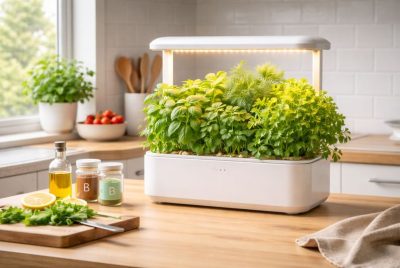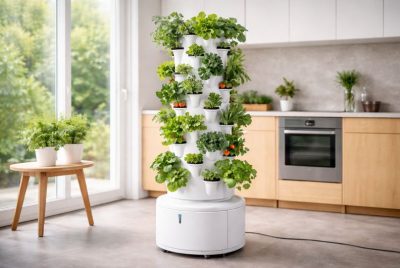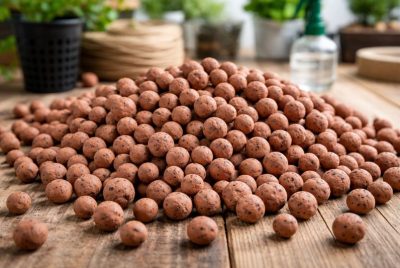General Hydroponics: Guide to Growing Plants Without Soil
We may earn a commission for purchases made using our links. Please see our disclosure for more details.
Do you have a heart for gardening? That feeling of getting in touch with nature, growing plants on your own, and seeing them bear fruits (or flowers)? Well, I do cause it’s fascinating! But then, you moved into the city and space is just so limited for building a garden. No problem because with general hydroponics, you can practice your green thumb and make your home garden flourish. In this guide, I’ll tell you everything you should know to get started. Let’s dive right in!
What is Hydroponics?
So, what’s this so-called ‘Hydroponics’? Let me put this simply for you. Hydroponics is a way of growing plants without soil, only by nutrient solution water. The term itself is derived from the Greek words “hydro” (which means water), and “ponos” (which means labor). It’s basically letting water (not just plain water but with essential nutrients) do all the work for you. Cool isn’t it? No need to get your hands all dirty in the soil.
Hydroponics has many benefits, such as faster plant growth, bigger harvests, and using less water than traditional gardening. It also reduces the need for harmful chemicals, leading to healthier plants. To find out more about the benefits of hydroponics, you can read this NCBI research article and this article from Harvard SITN Flash.
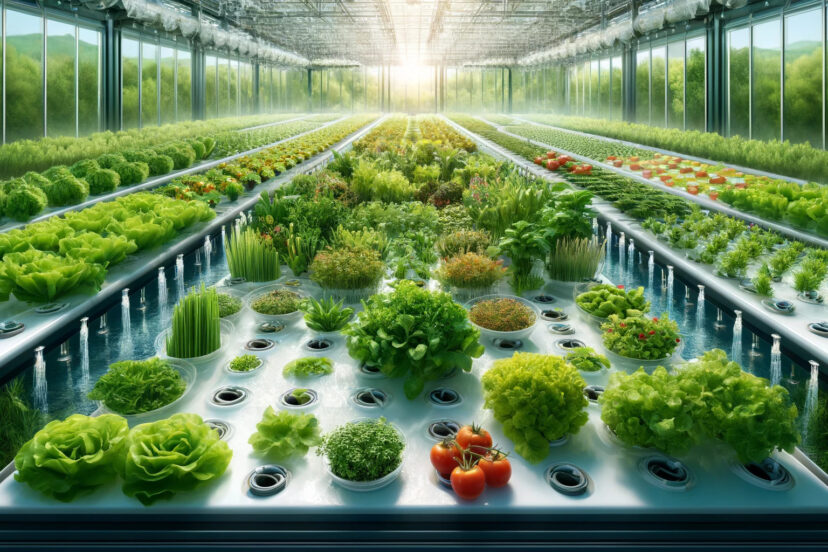
Benefits of Hydroponics
Now let’s talk about the benefits and why you should try this method. Just to be clear… I don’t have any issues with traditional gardening. I mean, we all started from there, right? But there are plenty of compelling reasons to embrace hydroponics. For example, you dream of having a ‘mini indoor garden’ but you lack the space and you’re not good with growing plants from soil. With general hydroponics, there’s a bigger chance of success for your plants and they grow faster too. Especially if you use general hydroponics nutrient solutions because they provide just the right mix of minerals for your plants. Why? Because nutrients are delivered straight to their roots in the water. Which means higher yields than traditional soil-based gardening. Plus, with hydroponics, you have total control over nutrient levels, pH, and light exposure. Oh, did I mention that it’s a space saver too?
Different Types of Hydroponic Systems
1. Deep Water Culture (DWC)
First on our list is DWC (Deep Water Culture). In DWC, plants’ roots are soaked (dangling down) with nutrient-rich water, getting all the nutrients they need. It’s simple, effective, and perfect for newbies (that have no idea what they’re doing) testing the hydroponic waters.
2. Nutrient Film Technique (NFT)
The Nutrient Film Technique might sound complicated, but it’s basically a gentle stream of water flowing over the plant roots. Unlike DWC, roots aren’t soaked here. A thin stream of nutrients keeps them fed and happy, making it a go-to for growing lightweight, leafy greens (like lettuce).
3. Ebb and Flow (Flood and Drain)
Close your eyes and imagine tiny ocean tides watering the roots of your plants. Yeah, that’s what the Ebb and Flow system looks like. The roots get a periodic soak in nutrient-packed water and then a breather, which keeps them oxygenated. It’s a super flexible system that works for tomatoes, peppers, or even lettuce.
4. Drip Systems
Think of Drip systems (also known as ‘active hydroponic systems’) like the irrigation experts of hydroponics. With its micro irrigation system, small emitters in the tubes deliver nutrient-rich water directly to your plants. This method is ideal for larger plants, like wine grapes and tomatoes, and is a favorite in commercial setups.
5. Aeroponics
Last but definitely not the least is Aeroponics. In this system, plants grow in a mist environment without using any substrate. How? Roots are hanging in tha air and get misted (or sprayed) with a nutrient solution regularly. Although it sounds cool, it does require a bit more technical know-how to get up and running.
Essential Components of a Hydroponic System
1. Water Reservoir
The water reservoir is the heart of your hydroponic system. After all, it’s called ‘hydroponics’ for a reason. Make sense? This is where your nutrient solution is stored, feeding your plants everything they need. Make sure it’s big enough to hold plenty of water for your setup.
2. Growing Medium
Yeah, I said we don’t need soil to grow plants here but still, your plants need something to cling to. That’s called ‘growing medium’. Common options include rockwool, coconut coir (my personal favorite), perlite, and clay pellets. Each provides support and helps anchor the roots.
3. Nutrient Solution
The nutrient solution serves as your plants’ food and multivitamins so they’ll grow fast and healthy. A well-balanced hydroponic nutrient mix just like General Hydroponics FloraGro will provide all the essential minerals your plants need to flourish. But please, make sure to choose a solution that’s suited to the specific plants you’re growing.
4. Air Pump and Air Stones
Just like us human beings, plants need oxygen to thrive. An air pump paired with air stones helps oxygenate the water, keeping the roots healthy and full of life. Plus, these air pumps push the nutrients from the reservoir onto the plants.
5. pH and EC Meters
Lastly, you need to monitor the right pH of your nutrient solution. Too high or too low can really harm your growing plants. So, get a pH and EC Meters to make sure they’re getting just the right balance of pH levels. Monitoring the pH levels of your nutrient solution is a must.
Getting Started with Your Hydroponic Garden
1. Choose Your System
Ready to get started? Choose a hydroponic system that aligns with your needs and space. If you’re just getting started, DWC or Ebb and Flow systems are excellent choices for beginners. Simple and easy!
2. Select Your Plants
Now what do you want to grow? Lettuce, spinach, or tomatoes? If it’s your first time, spinach, and herbs are perfect. Once you’ve gained some experience, you can branch out to more complex plants like tomatoes, cucumbers, and peppers.
3. Set Up Your System
Set up your hydroponic garden in a well-ventilated area with plenty of light. No access to natural light? That’s fine. Use grow lights (or artificial lights) instead. Just make sure they’re suitable for the type of plants you’re growing.
4. Mix Your Nutrient Solution
Follow the instructions on your nutrient solution package to mix it correctly. Fill your water reservoir and check the pH and EC levels to ensure they’re within the optimal range for your plants. If you’re not sure Google it. You can do this!
5. Plant Your Seeds or Seedlings
With your system set up and your nutrient solution ready, it’s time to plant! Place your seeds or seedlings in the growing medium (coco coir, rockwool, etc), ensuring the roots are in contact with the nutrient solution.
6. Monitor and Maintain
Keep a close eye on your hydroponic garden. Regularly check the pH and EC levels, top up the water reservoir as needed, and be vigilant for any signs of nutrient deficiencies or pests.
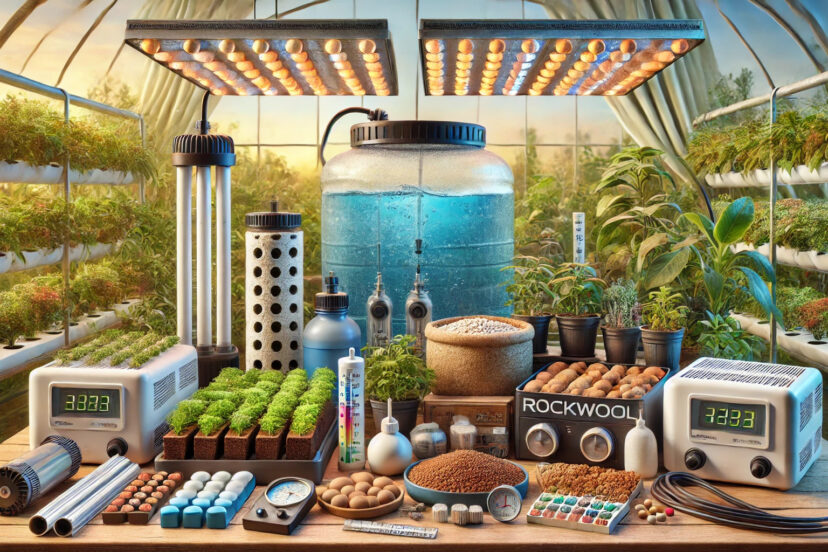
Must-Have Products for Hydroponic Gardeners
– Essential for maintaining the optimal pH level in hydroponic systems. The kit typically includes pH up and pH down solutions along with a pH test indicator.
2. Hydroponic Nutrient Solutions
– These are pre-mixed liquid or powder solutions that provide essential nutrients to hydroponic plants. Popular brands include General Hydroponics Flora Series and FoxFarm Nutrient Trio.
– Energy-efficient lights designed to provide the specific light spectrum needed for plant growth. Products like the Spider Farmer SF Series and Viparspectra LED grow lights are popular choices.
4. Hydroponic Grow Trays and Reservoirs
– Trays and reservoirs designed to hold plants and nutrient solutions in hydroponic systems. They come in various sizes and materials, suitable for different hydroponic methods.
– Devices used to oxygenate the water in hydroponic systems, helping to prevent root rot and promote healthy root development. Products like the VIVOSUN Air Pump and Pawfly Air Stones are popular choices.
Conclusion
Hydroponics is a smart and efficient way to grow plants, especially for limited spaces. You can enhance your green thumb and see your garden flourish! Use a general hydroponics nutrient solution to make sure your growing plants get the right mix of minerals they need and harvest greens all year round. Whether you’re a seasoned gardener or a curious beginner, hydroponics offers a unique and fulfilling way to grow your own food, experiment with new techniques, and contribute to a more sustainable future. So why not give it a shot? You might just discover that your green thumb is even greener than you thought!
FAQs
1. What is hydroponics?
– Hydroponics is about growing plants with the use of nutrient-rich water solutions. This method allows them to grow faster and produce higher yields than traditional soil-based gardening.
2. What are the perks of hydroponics?
– Hydroponics can help plants grow faster, higher yields, and conserve water and space. Perfect for any experience level!
3. What types of plants can be grown hydroponically?
– You can grow many types of plants hydroponically, such as lettuce, spinach, herbs like basil and mint, tomatoes, cucumbers, peppers, and even strawberries.
4. Is hydroponics difficult to learn?
– It depends on what system you’re gonna use. Hydroponics can be simple or complex. Research and keep practicing!
5. How do I get started with hydroponics?
– Choose and set up a system, select the right plants, prepare the nutrient solutions, and check them regularly. With a bit of patience and care, you’ll be growing healthy, thriving plants in no time!


